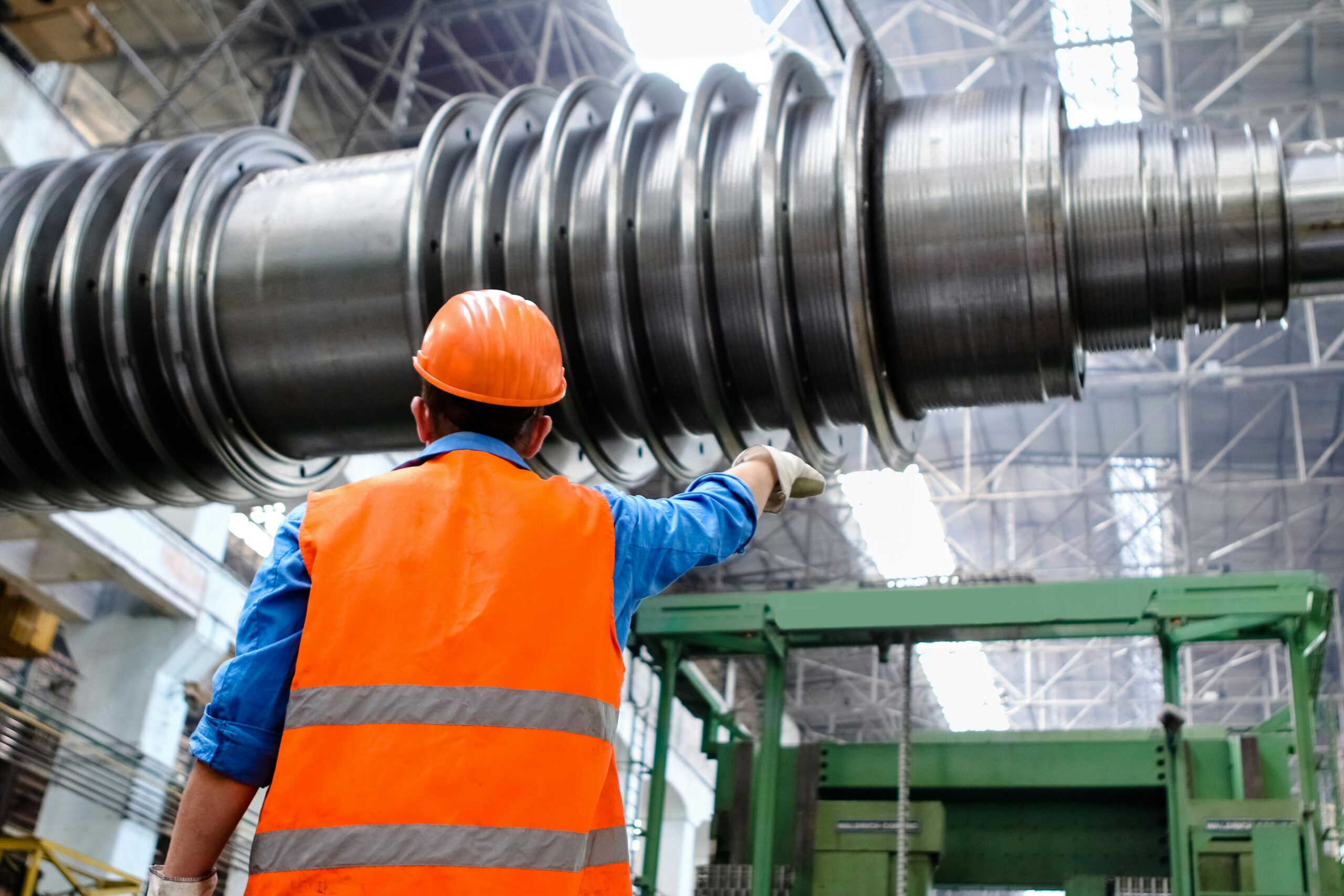
Amy 06/17/2025
Looking to produce your own pellets for heating or animal feed? This comprehensive guide will walk you through selecting the perfect household pellet machine for your needs.
| Model | Die Ø (mm) | Rollers | Power (kW) | Spindle Speed (RPM) | Output (kg/h) | Recommended Scenario |
|---|---|---|---|---|---|---|
| 9KLP‑125 | 120 | 2 | 3–4 | 370 | 40–80 | Compact home use, hobby farms – easy to use and reliable |
| 9KLP‑150 | 139 | 2 | 3–4 | 370 | 80–150 | Ideal for home DIY and small farms with stable output needs |
| 9KLP‑160 | 150 | 3 | 3–4 | 370 | 100–200 | Home & small farm – denser pellets due to 3-roller design |
| 9KLP‑210 | 200 | 2 | 7.5 | 260 | 200–300 | Small livestock farms – balanced power and steady production |
| 9KLP‑230 | 220 | 3 | 11 | 260 | 300–400 | Mid-size farms – higher capacity, reliable 3-roller quality |
| 9KLP‑260 | 250 | 3 | 15 | 260 | 400–600 | Small processing plants – industrial-grade performance and durability |
1. Determine Your Production Requirements
Small-scale use (Home heating, small farms):
9KLP-125 (40-80 kg/h) – Ideal for light use, such as personal pellet production.
9KLP-150 (80-150 kg/h) – Suitable for households needing moderate pellet output.
9KLP-160 (100-200 kg/h) – Best for small farms with higher demand.
Medium-scale production (Larger households, small businesses):
9KLP-210 (200-300 kg/h) – Great for workshops or farms requiring steady production.
9KLP-230 (300-400 kg/h) – Higher efficiency for semi-commercial use.
Large-scale production (Commercial use, pellet resale):
9KLP-260 (400-600 kg/h) – The most powerful option for high-volume pellet manufacturing.
2. Consider Power Consumption & Efficiency
3-4 kW models (9KLP-125/150/160) – Energy-efficient for home use.
7.5-15 kW models (9KLP-210/230/260) – More power for continuous operation, ideal for businesses.
3. Evaluate Roller & Die Design
2-roller models – Cost-effective for light-duty pelletizing.
3-roller models – Better compression, higher durability, and smoother operation.
Larger die diameter – Increases pellet quality and production speed.
4. Spindle Speed & Material Compatibility
370 r/min (9KLP-125/150/160) – Best for softer materials like grass, straw, and feed.
260 r/min (9KLP-210/230/260) – Optimized for harder biomass like wood and sawdust.


High-Quality Pellets – Uniform density and durability for efficient burning or feeding.
Durable Construction – Heavy-duty steel components for long-lasting performance.
Energy Efficient – Optimized motor power reduces electricity costs.
Easy to Operate & Maintain – User-friendly design with minimal maintenance required.
Versatile Material Use – Works with wood, straw, feed, and other biomass materials.
Professional pellet machine manufacturer. ISO/CE certified, exporting to 50+ countries worldwide. Reliable biomass solutions.
Copyright by 2025 Wizard Machinery Co., Ltd. All rights reserved.